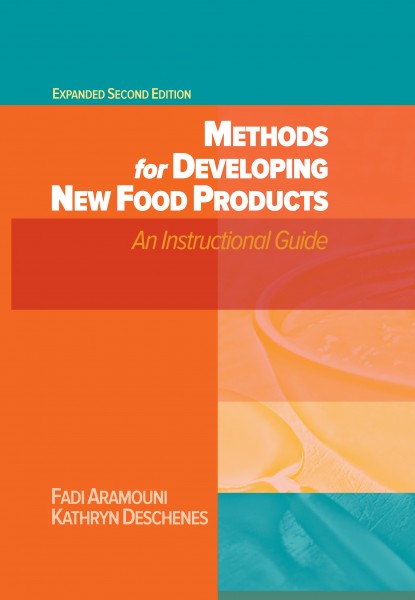Last week, health officials in Canada unveiled new labeling requirements for mechanically tenderized beef in what they say is an effort to help consumers know when they are buying MTB products and how to safely prepare them. Beginning Aug. 21, all MTB products sold in Canada must clearly bear a label reading “mechanically tenderized” and include instructions for safe cooking.
Officials say the labels emphasize the importance of cooking MTB to a minimum internal temperature of 145°F and turning over mechanically tenderized steaks at least twice during cooking to kill harmful bacteria that can cause food poisoning.
The labeling will be verified and enforced by the Canadian Food Inspection Agency. The change applies to all grocery retailers, butcher shops, meat processors and importers of MTB.
“Without clear labels, it is difficult for consumers to know which beef products have been mechanically tenderized,” says Rona Ambrose, Canada’s Minister of Health. “Today’s announcement, along with the new industry labeling guidelines we have released, will help Canadians know when they are buying these products and how to cook them. This regulatory change is another step in our government’s commitment to make certain that consumers have the food safety information they need.”
According to Health Canada, 18 cases of foodborne illness were reportedly associated with contaminated beef in 2012. Of these cases, an investigation revealed five were considered to be likely associated with the consumption of beef that had been mechanically tenderized.
In the food industry, meat is mechanically tenderized to improve tenderness and flavor by using needles or blades to break down muscle fibers, according to Health Canada.
In May 2013, Health Canada completed a health risk assessment specifically focused on E. coli O157 in MTB. The results of the assessment showed a five-fold increase in risk from MTB products when compared to intact cuts of beef.
As part of an ongoing effort to promote food safety, Health Canada recently released new industry guidelines to improve safe cooking and handling information on packaged raw ground meat and raw ground poultry products sold in Canada. The guidelines include standards of what information and symbols should be included on products to increase consumer recognition.
Canadian health officials are currently accepting comments until Sept. 11 on proposed changes to the country’s food labels, which aim to allow Canadians to make healthier decisions and read labels easier. The proposed label changes include the formatting of the nutrition facts table, the list of ingredients, the list of nutrients that must appear in the table and the daily values.
The listing of ingredients on labels is also proposed to change. For example, sugars will now be grouped together so consumers have a better idea of how much sugar is added to the food. Another proposed change is to provide industry guidelines to make serving sizes displayed in the nutrition facts table consistent among similar products.
The Canadian government says the changes are a reflection of feedback Health Canada received from parents and consumers during online consultations earlier this year.
More information on the labeling changes can be found here.





